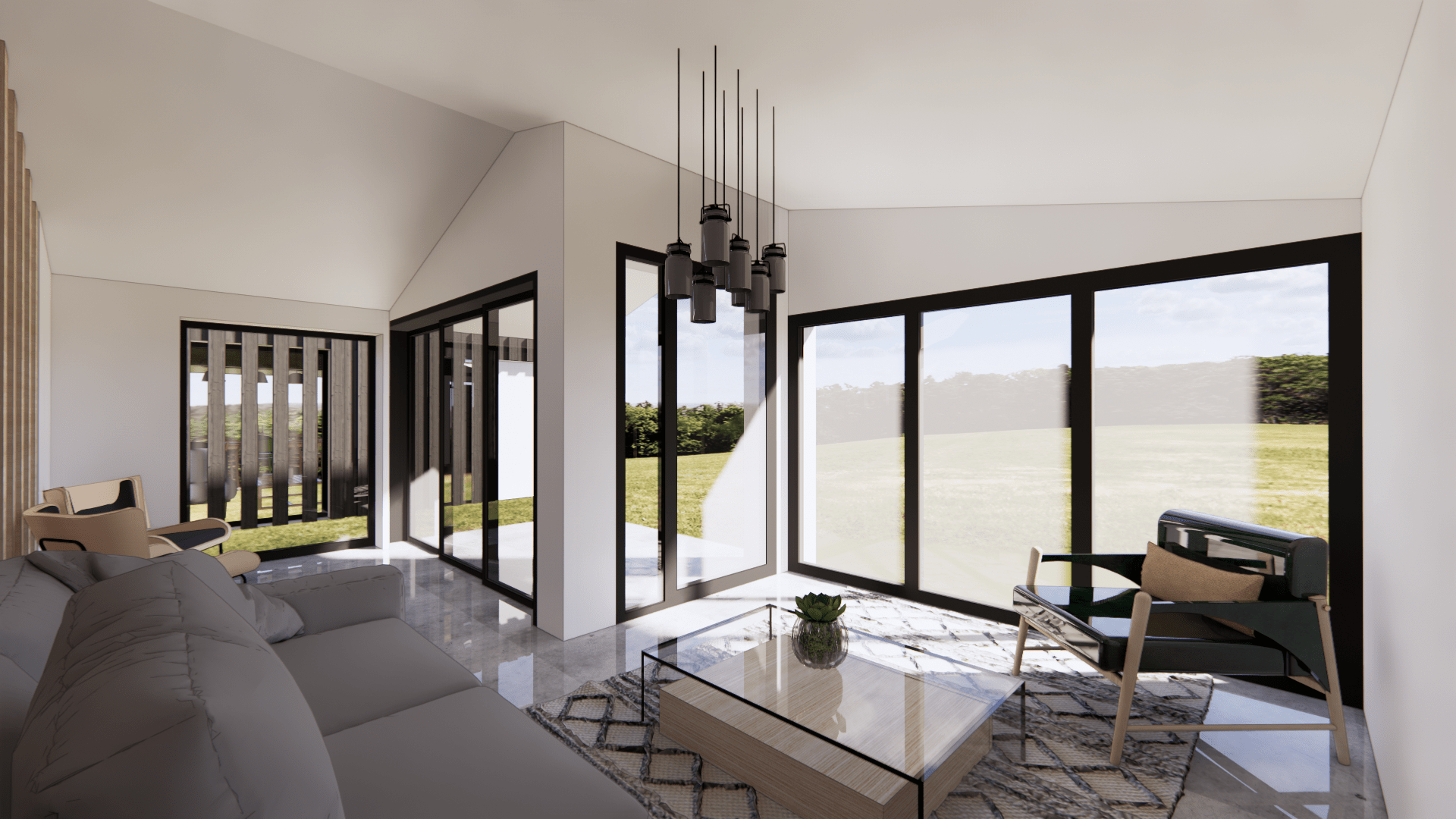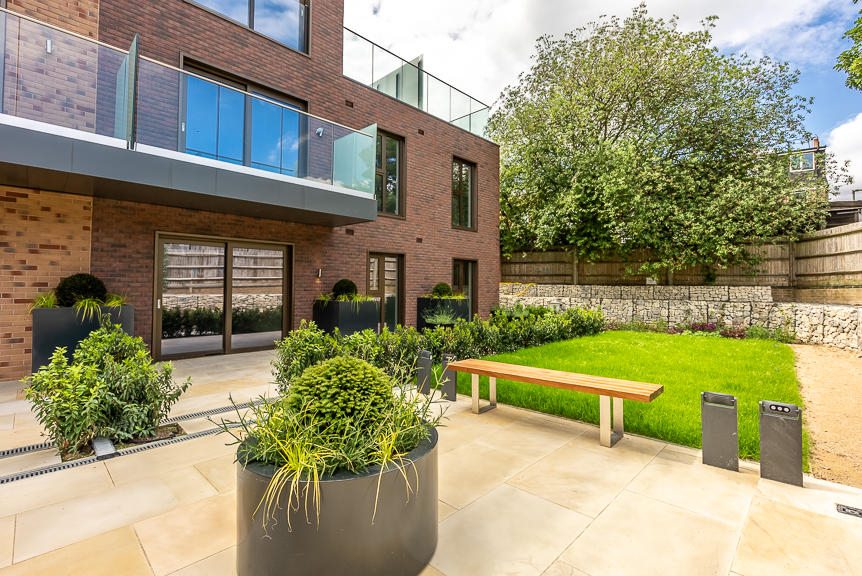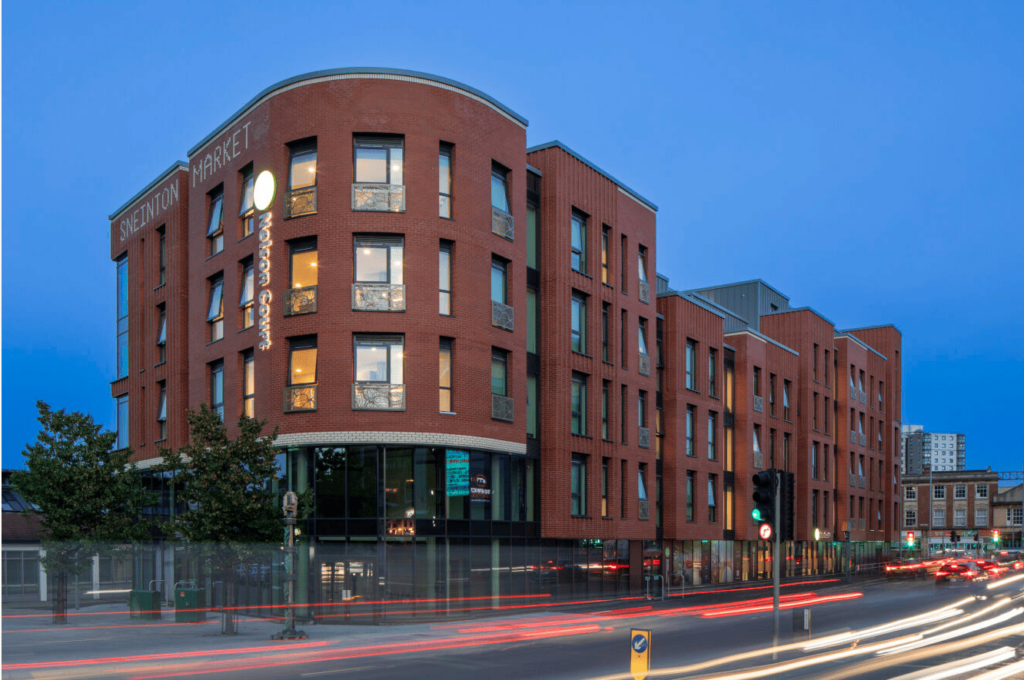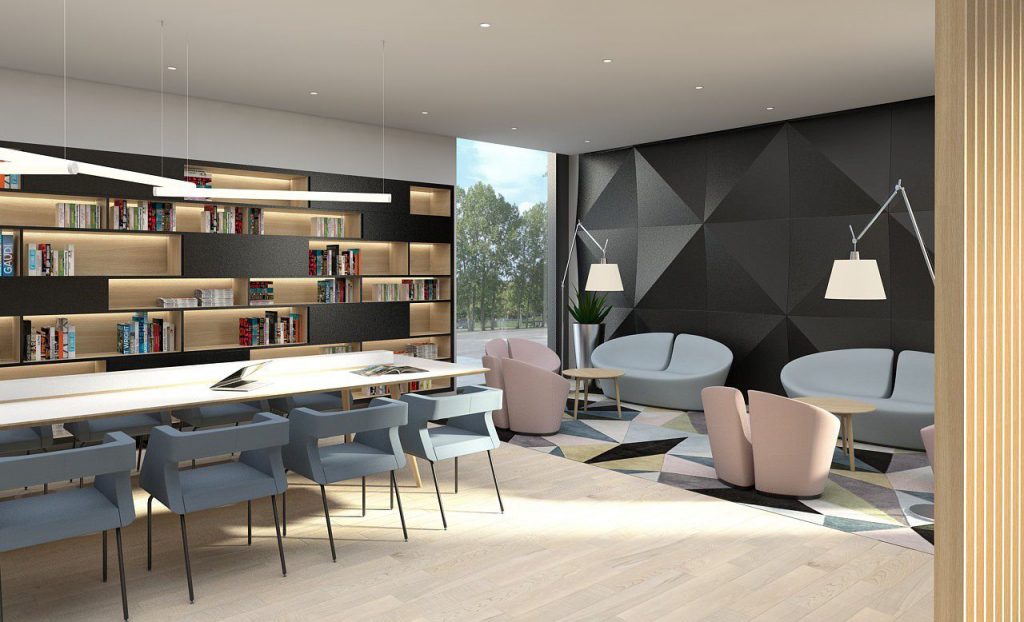
The Impact of Architecture & Interior Design on Health
In the bustling rhythm of modern life, our homes and workspaces have become more than just places to dwell or earn a living; they are sanctuaries for our mental and physical well-being.
The artful blend of architecture and interior design plays a pivotal role in crafting these havens, and here at Studio Anyo, we have worked on many projects in which we have had to consider these factors.
Whether for students, average homeowners, workers, and more (including more luxurious options), over our time as an MMC architecture company, we have learnt how important this is to consider.
In this blog, we’ll explore how thoughtful design can positively impact our health and happiness, and give you some secrets as to how it is achieved.
Let’s take a look.

Why are Architecture and Interior Design so Impactful on Health?
There are many reasons why great care and consideration needs to be taken during one of these projects, including:
- Psychological Impact: Our living environment profoundly influences our mental health and emotional state. Thoughtful design can create spaces that promote relaxation, reduce stress, and enhance overall mood. For instance, incorporating ample natural light and open spaces can help combat feelings of depression and anxiety.
- Physical Health: The design of a residence can directly affect the physical health of its inhabitants. Ergonomic design ensures comfort and minimises the risk of physical strain or injury. Additionally, using non-toxic materials and ensuring good ventilation contribute to better air quality, which is crucial for respiratory health.
- Quality of Life: A well-designed home tailored to the specific needs and preferences of its residents can significantly improve their quality of life. This includes aspects like sound insulation for peace and quiet, spacious layouts for ease of movement, and personalised areas for hobbies, relaxation, and socialising (especially important in student residential buildings).
- Sustainability: Well-being in design also extends to environmental sustainability. Eco-friendly materials and energy-efficient designs not only reduce the ecological footprint but also ensure a healthier living space, free from harmful chemicals and excessive energy consumption.
- Emotional Connection: People tend to form emotional connections with their living spaces. A home that reflects personal style and caters to individual needs fosters a sense of belonging and comfort. This emotional attachment is crucial for a sense of security and personal identity.
- Adaptability and Longevity: Good design takes into account the changing needs of its occupants over time. This adaptability ensures that the home remains functional and comfortable throughout different life stages, contributing to long-term well-being.
- Social Interaction: Residential design can also influence social interactions. Communal spaces, like living rooms and kitchens, that are inviting and well-arranged promote family bonding and social gatherings, which are essential for emotional well-being. It is also great for building a community around the building.
- Rest and Rejuvenation: Bedrooms and private areas designed for maximum comfort and minimal distraction are vital for rest and rejuvenation. Good sleep is integral to health, and a well-designed home can greatly enhance sleep quality.

Key Architectural and Design Considerations
Making the Most of the Space
Architecture is not just about erecting buildings; it’s about creating environments that enhance human experience.
Natural light, for instance, is a critical element. Sunlit spaces not only reduce the need for artificial lighting but also boost Vitamin D levels, improving mood and energy. Incorporating large windows and skylights can bring the healing touch of sunlight into our daily lives.
Another architectural element that significantly impacts well-being is space layout.
Open floor plans can create a sense of freedom and reduce feelings of confinement.
However, it’s also important to balance this with private, cosy areas that offer solitude and quietude, essential for mental health.
A combination of the two is the ideal solution and will ensure you always have somewhere you can go to suit your mood and put you in a happy and content frame of mind.
Focus on Natural Interior Design
Bringing elements of nature indoors, a concept known as biophilic design, can have a profound impact on our well-being.
This can be as simple as incorporating plant life into our living spaces.
Plants not only purify the air but also have a calming effect on the mind.
Natural materials like wood and stone can also create a sense of connection to the natural world, promoting tranquillity, adding a connection to your surrounding area, and evoking a sustainable feel.
Colour choices in interior design also play a significant role.
Soft, earthy tones can create a calming environment, while vibrant colours might energise a space.
It’s all about creating a balanced palette that resonates with the emotions you want to evoke in a room.
Ergonomics: Designing for the Body
Physical well-being is as crucial as mental health, and this is where ergonomics comes into play.
Ergonomically designed furniture ensures comfort and supports the body’s natural posture.
In workspaces, adjustable chairs and desks can prevent the strain and discomfort that come from long hours of sitting.
In residential spaces, aspects like the height of counters, the firmness of sofas, and the placement of handrails can make daily activities more comfortable and safe, especially for those with physical limitations, and this is an element that must always be considered.
Change the Mood with Lighting
Lighting design is a powerful tool in influencing mood and atmosphere.
Natural light is ideal, but when it’s not available, choosing the right artificial lighting is key.
Warmer, dimmer lights can create a relaxing ambience, suitable for bedrooms and living rooms, while cooler, brighter lights are better suited for kitchens and study areas.

Architecture & Design from Studio Anyo
The essence of good architecture and interior design lies in its ability to cater not just to aesthetic appeal but also to the mental and physical health of its inhabitants.
As we continue to navigate the complexities of modern life, let’s remember the significant role our surroundings play in our health and happiness.
Thoughtful design isn’t just a luxury; it’s a pathway to a better, healthier life, and here at Studio Anyo, we are proud to have provided this throughout our many projects in this industry.
Want to know more? Then get in touch today.


